Pop is one of the most popular and influential genres out there, made up of catchy melodies, relatable lyrics, and dynamic arrangements.
As an artist or producer, understanding the proper pop song structure is the key to getting your tracks to the top of everyone’s playlists (or the charts).
It can help you create show-stopping songs and successfully capture your audience’s attention and never lose it.
In today’s article, we’ll break down everything you’ll need to know, like:
- Key components of pop song structure ✓
- Importance of verses ✓
- Building impactful choruses ✓
- The role of pre-choruses ✓
- Adding depth with bridges ✓
- Effective intros and outros ✓
- Common pop song structures ✓
- Writing engaging lyrics ✓
- Writing melodies that stick with your listeners ✓
- Exploring different chord progressions ✓
- Advanced songwriting techniques ✓
- Some music theory basics
- Much more ✓
By the end of this article, you’ll know how to create pop songs that make a huge impact and understand pop song structure like a boss.
Plus, make a lasting impression on the industry and enhance your skills so you blow the competition right out of the water.
So, let’s dive in, starting with the key components of any pop song structure…
Table of Contents
- Pop Song Structure: Key Components
- #1. Verse
- #2. Chorus
- #3. Pre-Chorus
- #4. Bridge
- #5. Intro and Outro
- Common Pop Song Structures
- Writing Engaging Pop Song Lyrics
- Creating Memorable Melodies
- Different Chord Progressions
- Advanced Songwriting Techniques
- Experimenting with Popular Song Forms
- Last Minute Tips For Creating Your Own Pop Songs
- Pop Song Structure: Final Thoughts
Pop Song Structure: Key Components
A typical pop song structure includes several key components that work together to create a clean, cohesive track. They’re the building block of any great pop song. So, as an artist or producer, it’s super important to know the fundamentals of each familiar structure like the back of your hand.
#1. Verse

The verse is going to be the backbone of your song, introducing the:
- Story
- Themes
- Setting
It’s where the listener gets the first glimpse of your song’s lyrics and melody, so always make sure to open strong.
When it comes to verses, pop songs tend to keep it less repetitive than other sections 一 focusing on developing the song’s storyline or message rather than catchiness.
For example, the verse might use a simple chord progression like I-IV-V-I, so the lyrics can take center stage.
It’s all about a simple chord progression that supports the overall lyrical content and prepares people for more dynamic song sections.
A powerful verse will build anticipation for the chorus so people get invested.
For instance, using a I-V-vi-IV progression can create a sense of movement and anticipation (super captivating).
-
Pro Tip
In many songs, verses alternate with the chorus for that much-needed contrast 一 ensuring your remains interesting the entire time.
Think about how a song like “Shape of You” by Ed Sheeran uses its verses to build narrative and set up the catchy chorus.
#2. Chorus

The chorus is the emotional and musical climax of the song that features the catchiest and most memorable part of the melody.
It’s designed to be instantly recognizable and easy to sing along to.
The chorus often includes the song’s title, emphasizing its theme and main message.
For example, in “Rolling in the Deep” by Adele, the song title and the main hook are central to the chorus (like most popular music), which makes it unforgettable.
The chorus typically features a different chord progression from the verses 一 providing a sense of resolution and completeness.
The chorus is where the song’s main message is delivered, and it should stand out both lyrically and melodically over all other sections.
It’s all about powerful choruses that stick in your listeners minds long after the song stops playing.
-
Pro Tip
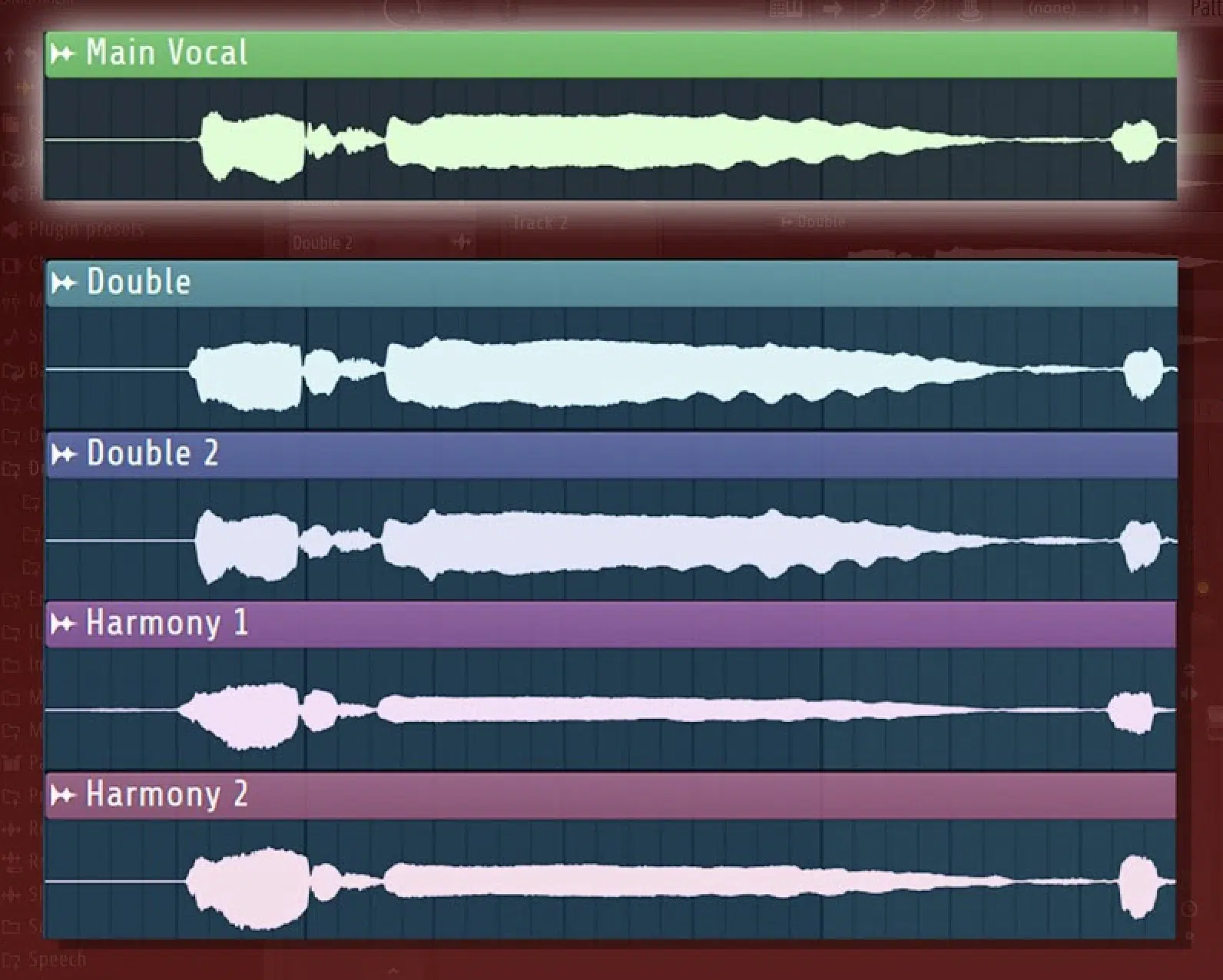
To make sure your chorus is extra impactful, you should always use a distinct melody and rhythmic pattern.
For example, try playing around with techniques like:
It should provide a satisfying contrast to the verses 一 making it the most memorable part of the song.
You know that annoying song you just can’t get out of your head… Well, with the right pop song structure, that song can be yours.
#3. Pre-Chorus
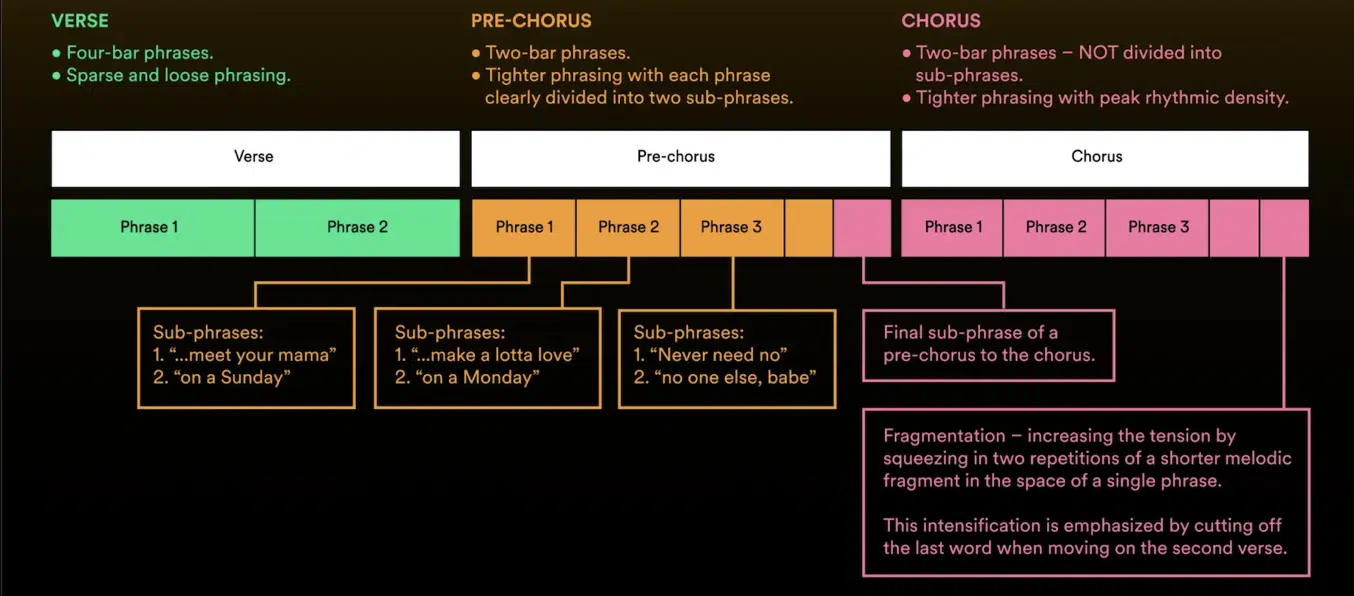
The pre-chorus serves as a transitional section between the verse and the chorus, building epic tension (leading to the emotional peak of the song).
It often features a change in melody or rhythm, which adds variety to the pop song structure, like:
- Syncopated rhythms
- A rising melody line to build excitement
A killer pre-chorus can elevate the impact of the chorus by creating a sense of buildup 一 making people want to rewind the song just to hear it again.
It typically includes different lyrics and a distinct melody from the verse.
For instance, in “Grenade” by Bruno Mars, the pre-chorus shifts the rhythm and melody, which heightens the anticipation for the upcoming chorus.
It’s super popular in pop songs especially.
In some songs, the pre-chorus might use a different chord progression, such as moving from vi-IV-I-V, to create a feeling of movement and anticipation.
This helps to create a flawless transition and adds variety to the pop song structure.
-
Pro Tip
One advanced technique for enhancing your pre-chorus is to introduce a harmonic shift or chord substitution that surprises the listener.
For example, if your song is in a major key, try using a borrowed chord from the parallel minor key during the pre-chorus.
This unexpected harmonic twist can add emotional depth and complexity 一 making the transition into the chorus even more exciting and memorable.
#4. Bridge

The bridge breaks from the repetitive verse-chorus pattern, including new:
- Musical ideas
- Lyrics
- Chord progressions
The bridge can help to heighten the emotional impact of the final chorus. For example, using a minor key or unexpected chord changes can make the bridge stand out.
A good bridge will add depth and complexity to any pop song 一 making it more interesting and dynamic overall.
It typically appears after the second chorus and leads into the final chorus, providing a sense of journey and progression within the song.
Techniques like modulation or changing the tempo can make the bridge more impactful, so keep that in mind.
-
Pro Tip
An effective bridge might introduce a new instrument or shift the song’s mood dramatically, keeping the listener’s attention. For instance, a bridge that introduces a guitar solo or a dramatic vocal line will always make a statement.
#5. Intro and Outro
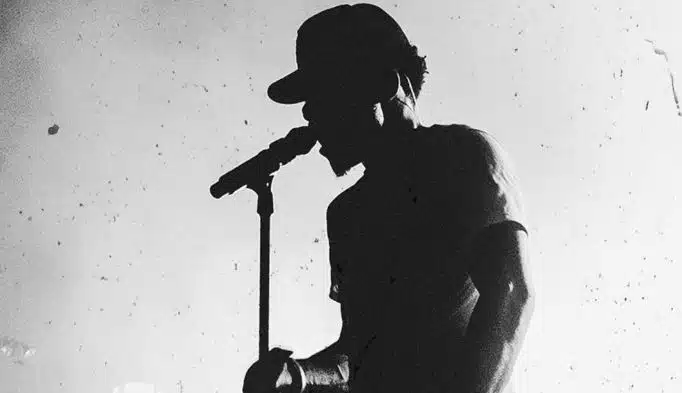
The intro is where it all begins… establishing the mood, vibe, and style that’s to come (not giving it all away, but enough to keep reel them in).
It often features a stripped-down version of the song’s main melody or chord progression, gradually building up to the first verse.
A good intro grabs the listener’s attention from the start.
For example, using a catchy hook or unique sound effect can make the intro memorable and get people excited when they hear it.
The outro provides a satisfying conclusion to the song 一 wrapping up its themes and leaving a lasting impression.
It often mirrors the intro or the chorus and creates a sense of symmetry/closure, ending on a strong note.
For instance, using a fade-out or a final, emphatic chord can give the outro impact.
-
Pro Tip
Both the intro and outro are key for framing the song and giving it a polished, professional feel that people are attracted to.
Using techniques like instrumental variations or vocal ad-libs can enhance these sections.
Common Pop Song Structures

Understanding common pop song structures will help you create your own compositions that are innovative yet familiar (like your favorite songs). Each common song structure can provide interesting and captivating ways of arranging your key elements, so pay attention.
1. Verse-Chorus Form
The verse-chorus form is one of the most popular song structures in pop music.
This pop song structure alternates between the verses and the chorus, creating a dynamic interplay between the narrative and the song’s main message.
This song structure is versatile and can be adapted to various musical styles.
In this form:
- The verse 一 Sets up the story.
- The chorus 一 Delivers the emotional payoff.
The repetition of the chorus makes it memorable and catchy as we talked about earlier, ensuring that the song sticks with the listener.
The simplicity of the verse-chorus form makes it accessible for both songwriters and audiences, which is why it’s so common in pop music.
The verse-chorus form allows for a clear and expert arrangement 一 making it easier to build anticipation and deliver satisfying musical endings.
Bottom line, the contrast between the verses and chorus (hence the name “verse-chorus” song form) will help keep listener engagement for the entire song.
2. Verse-Pre-Chorus-Chorus Form
The verse-pre-chorus-chorus form adds an extra layer to the traditional verse-chorus pop song structure.
The pre-chorus acts as a bridge between the verse and chorus, building tension and getting the listener hyped up for the chorus.
It’s super useful for creating dynamic and engaging pop songs like the pros.
The pre-chorus often features a distinct melody or rhythm that sets it apart from the verse 一 making the transition to the chorus more impactful.
It should also introduce some captivating lyrics or turn the emotions up a notch (just think of the Weeknd).
The verse-pre-chorus-chorus form is also super useful for adding complexity and depth to pop songs, ensuring they remain interesting from start to finish.
Incorporating a pre-chorus helps to diversify the song structure and prevents it from becoming monotonous, but make sure it fits with the overall vibe.
You don’t want to throw one in just because you think you should.
3. Verse-Chorus-Bridge Form
The verse-chorus-bridge pop song structure introduces a bridge section after the second chorus, providing a break from the repetitive verse-chorus pattern.
The bridge often presents new musical ideas, lyrics, or chord progressions 一 offering a fresh perspective within the song.
It heightens the emotional impact of the final chorus so your song flows naturally and progresses in the perfect way.
The verse-chorus-bridge form is versatile and can be used to create a wide range of emotional effects, so don’t underestimate it.
By introducing a contrasting section, this form keeps the listener engaged and adds variety to the pop song structure.
Writing Engaging Pop Song Lyrics

Writing engaging pop song lyrics involves creating words that really stick with listeners on an emotional level.
They should be:
- Relatable
- Memorable
- Cohesive
- Intriguing
They often revolve around more universal themes like love, heartbreak, partying, and personal growth.
A great example of engaging pop song lyrics can be found in pop songs sound where the chorus reflects the main theme clearly and simply (like in “Levitating” by Dua Lipa).
In that pop song, the chorus conveys the exhilaration and euphoria of being in love, which we’ve all experienced once or twice.
Using simple language and super vivid metaphors can make the lyrics more impactful.
Techniques like repetition and rhyme schemes help to reinforce the song’s message and make it easier for listeners to remember.
For instance, repeating a key phrase or word in the chorus can help cement the song’s title and theme in the listener’s mind.
Just remember that your lyrics should always align with that particular pop song structure, vibe, and mood; don’t force words just because they rhyme if it doesn’t fit.
Incorporating storytelling elements can also enhance pop song lyrics, so try starting with a specific scenario or emotion in the verses…
Then, you can expand on this in the chorus.
It will help you to create a solid song narrative that keeps the listener engaged.
For example, you could describe a personal experience in the verses and then use the chorus to reflect on the emotions that experience evoked.
Creating Memorable Melodies

Creating memorable melodies is super important if you want your hit pop song to stand out and not get drowned out.
A great melody should be catchy and easy to sing along with, often featuring a combination of repetition and variation to maintain interest.
For instance, using a simple, repetitive hook in the chorus can make the melody more memorable.
Experimenting with different melodic shapes and intervals can help to create unique and engaging melodies.
Try using stepwise motion in the verses to create a smooth, flowing melody, and then incorporate leaps in the chorus for a more dynamic and impactful sound.
It’s also important to consider the vocal range and phrasing.
Another effective technique is to use a call-and-response pattern in the melody.
This can involve repeating a melodic phrase with slight variations 一 creating a sense of familiarity while keeping the listener’s attention.
Incorporating a melodic hook that stands out from the rest of the song can make the entire song more memorable, which is always the goal.
Different Chord Progressions
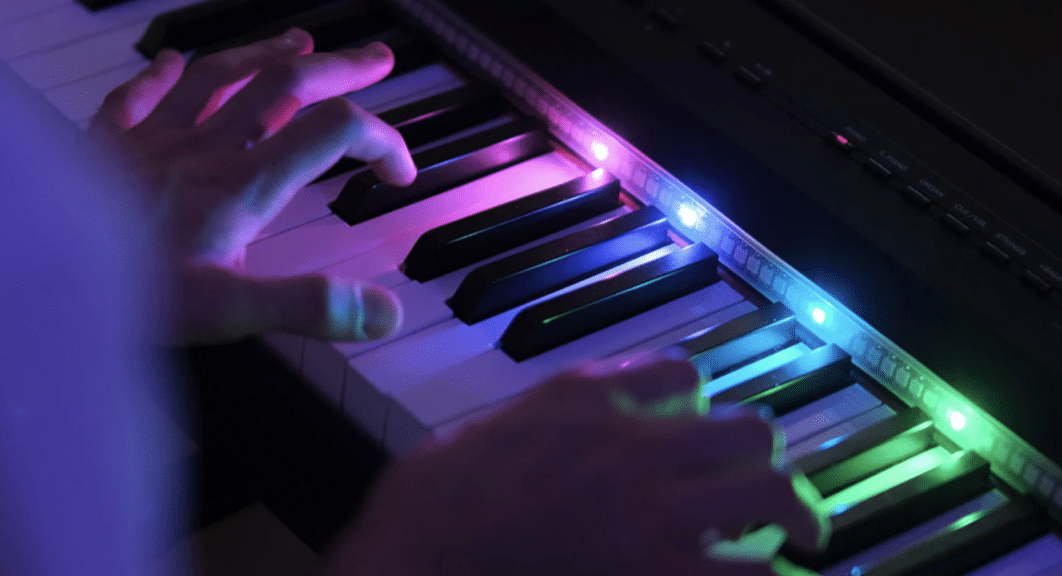
Different chord progressions can significantly impact the mood and feel of a pop song.
Common chord progressions like I-V-vi-IV or I-vi-IV-V are popular because they sound familiar and pleasing, which people are instantly drawn to.
For example, the I-V-vi-IV progression often creates a strong, uplifting feel, providing a stable backdrop for the melody.
This makes it easy for listeners to connect with your song and make them want to play it again and again.
Using familiar chord progressions helps in creating catchy and memorable tracks, but experimenting with less conventional chord progressions is always great, too.
They can help give your pop song a unique edge.
For instance:
- Using a ii-V-I progression 一 Can add a more jazzy touch.
- Using a vi-IV-I-V progression 一 Can create a more melancholic mood.
Remember, adding minor chords or borrowed chords from parallel keys can introduce unexpected twists, adding depth and interest to your song.
From rock songs to trap songs and everything in between, throwing the listener off-guard (in a good way) is always advised.
Changing the chord progression between the verse and chorus can also add variety…
For example, you could use a simple I-IV-V progression in the verses and switch to a vi-IV-I-V progression in the second and third chorus.
This will create contrast and emphasize your song’s emotional high points.
-
Pro Tip
Another technique is to use a different chord progression (not the same chord progression) for the bridge, like moving to a relative minor key.
This will provide a refreshing change before returning to the chorus.
Understanding and using various chord progressions can help you create pop songs that are both engaging and stand out in the crowded pop music scene.
Plus, of course, understand pop song structure as a whole.
Advanced Songwriting Techniques
To take your pop songwriting and pop song structure knowledge to the next level, it’s essential to explore advanced techniques that add complexity to your music. These techniques help to keep your future hit songs fresh and engaging.
-
Modulating Keys
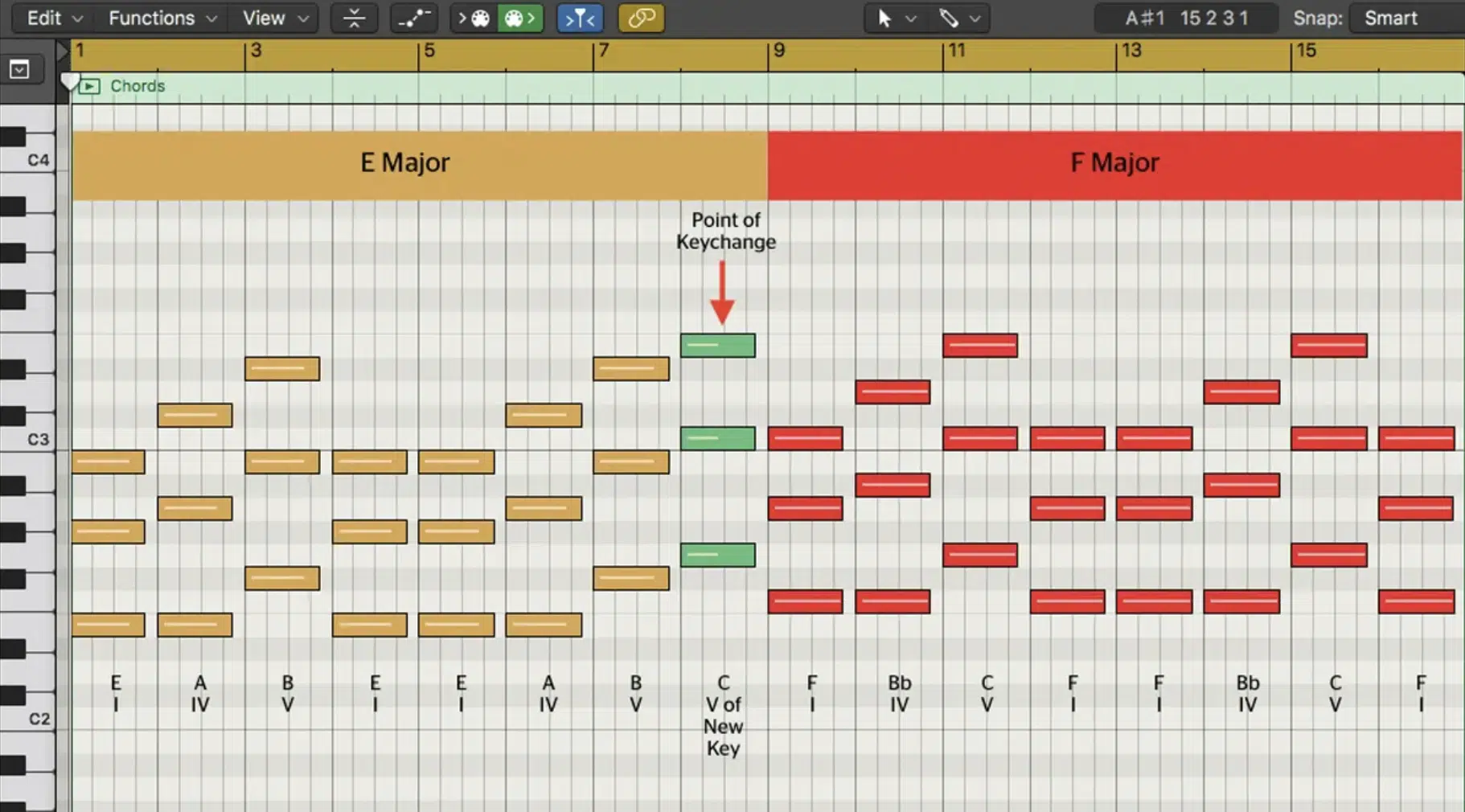
Modulating keys within a song can add a sense of movement and progression, which is great for making sure people stay engaged.
A common technique is to modulate up a whole step during the last chorus to increase the song’s intensity.
This shift can make the final chorus feel more powerful and memorable.
Another approach is to use a temporary modulation in the bridge 一 creating a contrast with the verses and chorus.
For example, moving from a major key in the verses and chorus to a minor key in the bridge can add some extra character and complexity.
Ensuring the modulation is smooth and natural is key to maintaining the song’s cohesiveness, so make sure not to slack.
NOTE: Using pivot chords or transitional phrases can help to bridge the gap between different keys, making the modulation feel natural.
-
Using Instrumental Solos
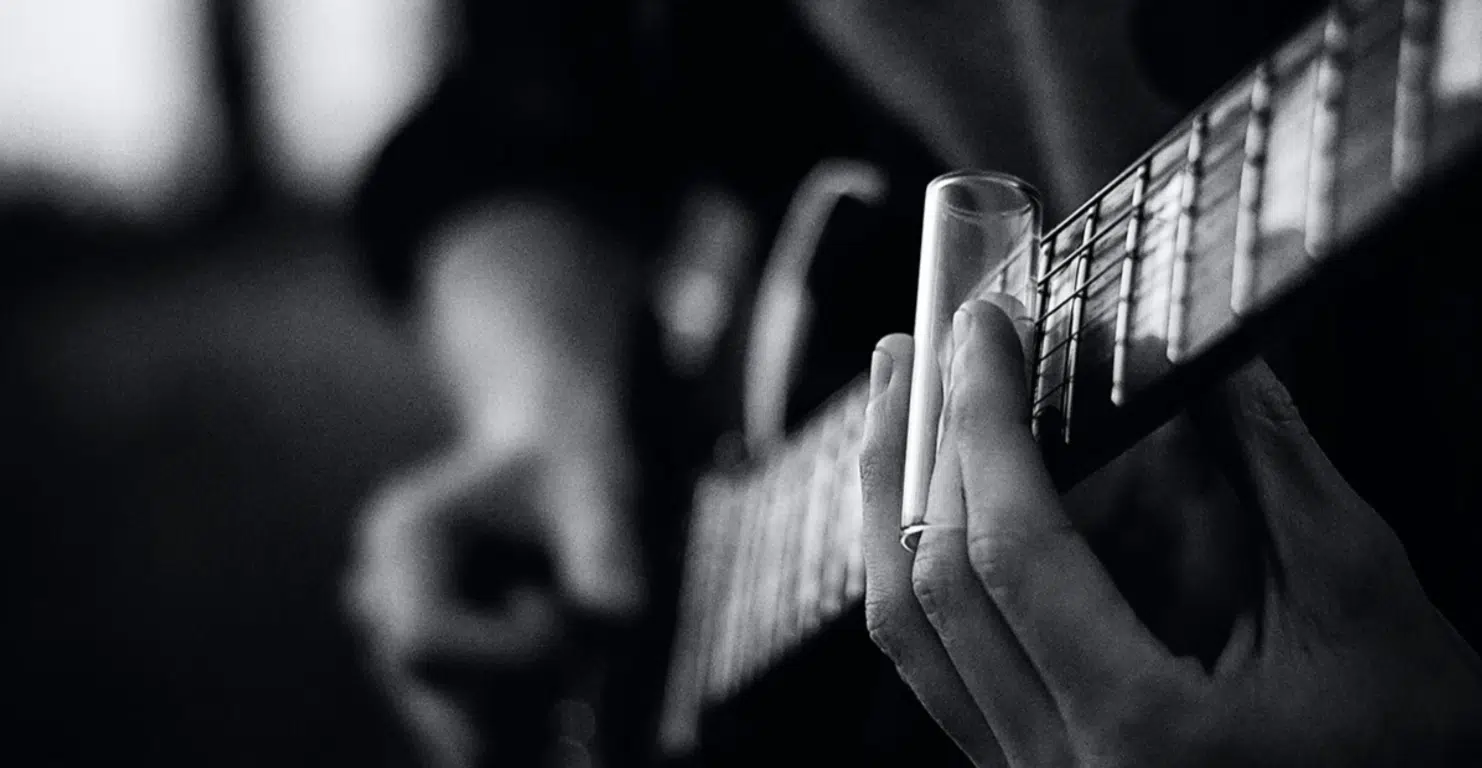
Instrumental solos can add a super distinct and mind-blowing element to your pop song structure.
They provide a break from the vocal sections and allow for musical expression and creativity. For example, a guitar solo can add a dynamic and energetic feel to the song.
Choosing the right instrument for the solo is everything.
So, just keep in mind, while guitar solos are common, other instruments can also give you a super fresh, unique sound, like:
- Saxophones
- Keyboards
- Electronic synths
Structuring the solo within the song is also important…
Placing the solo after the second chorus and before the bridge can create a natural progression and keep the listener engaged.
The solo should build on the song’s themes and really ramp up the intrigue.
Experimenting with Popular Song Forms
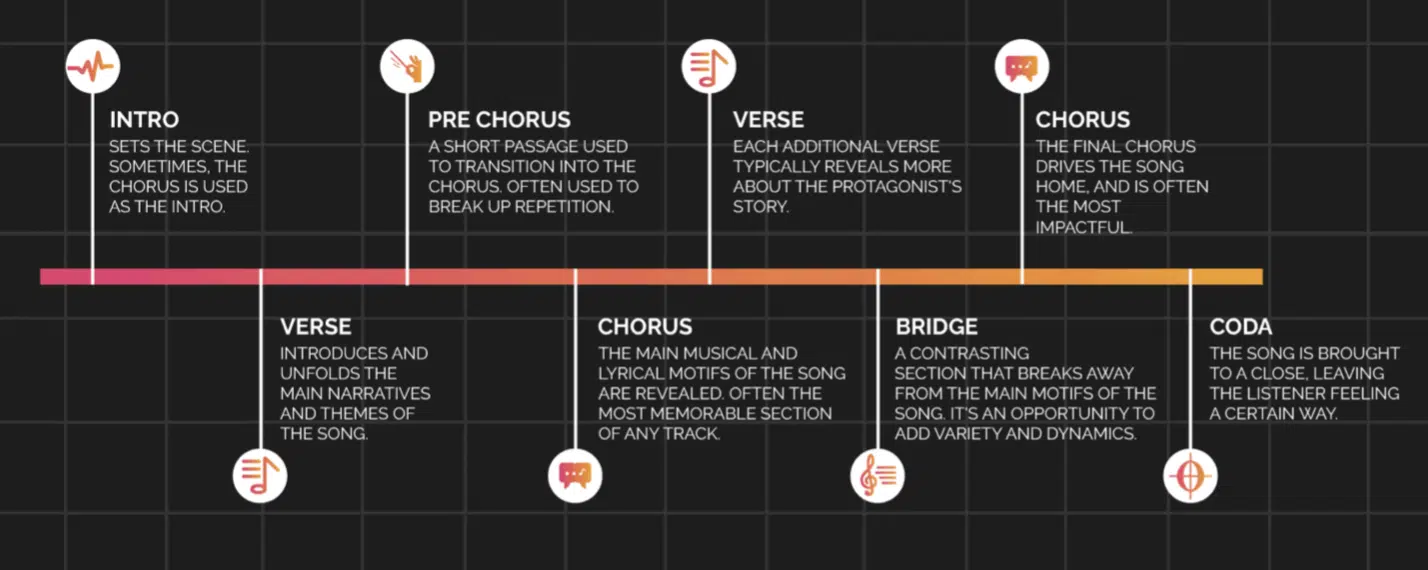
Experimenting with different song forms can help to keep your music fresh and interesting, which is what it’s all about.
Traditional pop song structures are effective, but switching up the form can really add some uniqueness and flair to your music.
One technique is to use an AABA form, where the song features two verses (A), a contrasting bridge (B), and then returns to the verse (A).
This hit pop song structure can add variety and keep the listener engaged.
Another approach is to use an ABABCB form, which includes a:
- Verse (A)
- Chorus (B)
- Bridge (C)
You’ll hear this in rock music and country music a lot too, by the way.
Mixing and matching popular song forms can also be effective 一 for instance, combining a traditional verse-chorus form with an extended instrumental section.
Or, adding multiple bridges can create a unique and dynamic song structure.
The key is to maintain a balance between variety and cohesiveness so your song remains engaging and enjoyable.
NOTE: Experimenting with song forms allows for greater creative expression and can help you develop your signature sound. By pushing the boundaries of traditional structures, you can create pop songs that stand out and captivate your audience.
Last Minute Tips For Creating Your Own Pop Songs
When writing or producing your own songs and figuring out pop song structure, it’s key to keep the listener’s attention from the beginning to the end. Yes, I’m going to keep saying it because it should be drilled in your mind. Here are some last minute tips to help you really stand out and shine.
#1. Every Single Section Should be On Point

One way to achieve this is by ensuring that every section of your song, from the intro to the final chorus, has a unique sound that stands out.
For example, you can use a melodic hook in the chorus to make it catchy and memorable (remember, pop song structure all include good melodies).
Additionally, focusing on the rhythmic pulse can help create an engaging track.
#2. Constantly Experiment

Don’t be afraid to experiment with different song forms and pop song structures.
While the verse-chorus form is popular, trying out less common structures like ABABCB or AABA can add variety and keep your songs fresh.
#3. Throw in Some Unique Sounds
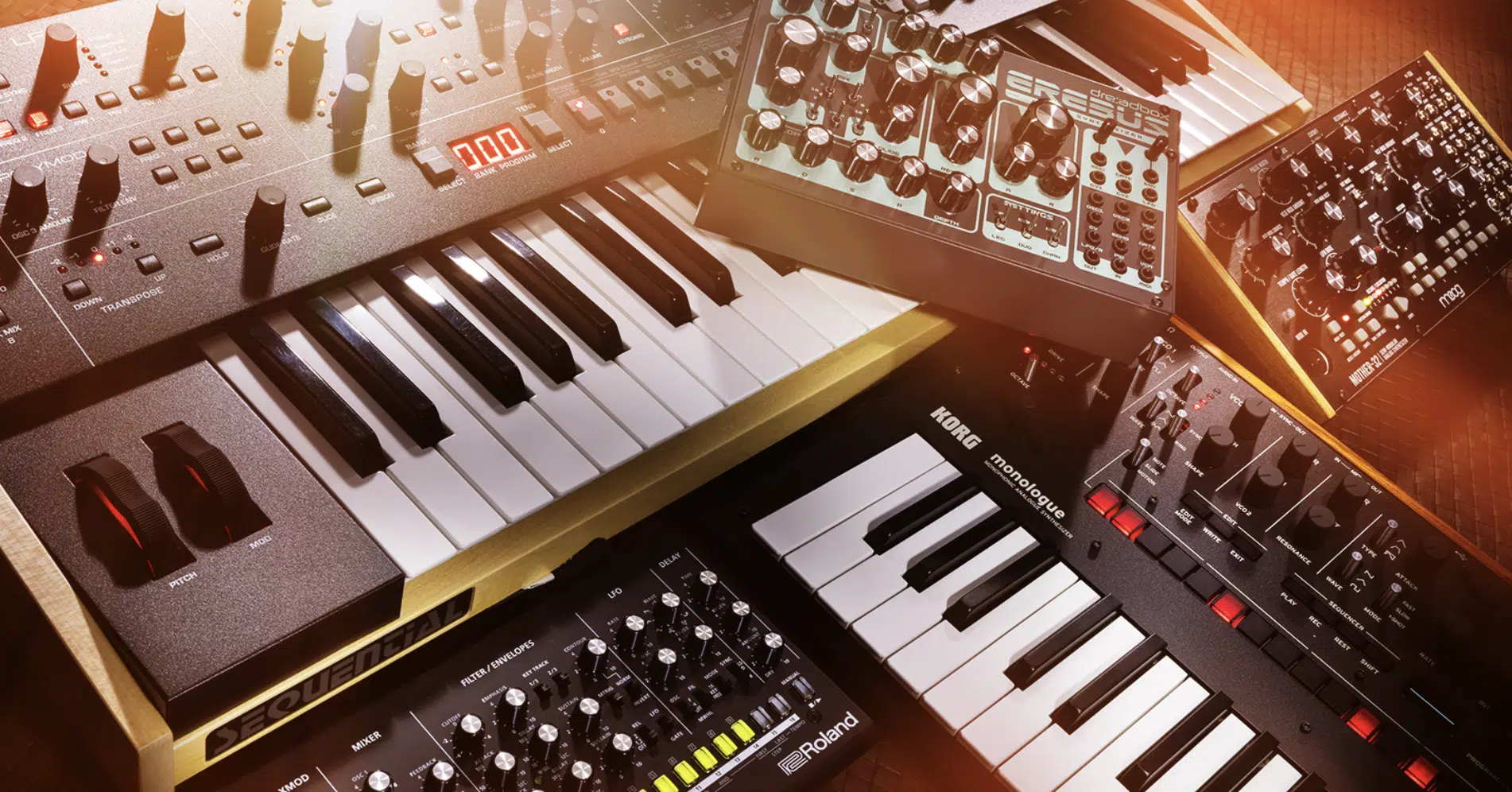
Incorporating an instrumental solo or a unique instrumental section (one or more instruments) can also provide a break from the repetitive verse-chorus pattern.
Plus add additional depth to your music, of course.
Don’t make them too long though, or you’ll lose your listeners attention 一 keep it less than a minute or thirty seconds.
But remember, a familiar hit pop song structure foundation can help maintain a balance between innovation and relatability in your pop songs.
#4. Don’t Let Things Slide

Pay attention to the finer details during the songwriting process, such as the:
- Placement of pre-choruses
- Transitions between sections
- Overall flow of the song
Ensuring that each section leads naturally into the next can create a smooth listening experience that your fans will remember.
For example, an epic pre-chorus can build anticipation for the chorus and keep the listener engaged.
It’s all about the proper placement and the groove.
#5. Switch it Up; It’s Pop Music!

Switching up the dynamics and instrumentation throughout your pop song structures can add excitement and help it not be basic, boring, or monotonous (like most songs).
By focusing on these details that all propel the story forward, you can produce pop songs that captivate and hold the listener’s attention from start to finish.
Pop Song Structure: Final Thoughts
Pop song structure is all about creating catchy, memorable tracks that captivate and engage listeners long after the song ends.
They should always be dynamic, captivating, and relatable.
Plus, utilizing different song components and structures like we talked about will help ensure your music stands out and crushes the competition.
All the techniques and tips we covered today will help you create hit songs and understand pop song structure like a true professional, so go crazy!
To really bring your pop tracks to the next level, check out this epic Free Pop Sample Pack, which contains 60+ hit pop samples, loops, and MIDI that will blow you away.
They won’t only help you understand pop song structure, but also make sure you have the hottest pop sounds around.
Plus, they’re all modeled off the styles of the biggest artists in modern music like Tyga, Post Malone, Drake, and more.
Meaning, people will instantly be drawn to them and might not even know why.
If you’re looking for the best way to get your music heard, work with top artists, and make your tracks sound legendary, these pop samples are the way to go.
Now, with the knowledge you’ve learned today, you can go create pop songs that quickly rise to the top of the charts.
Remember to think outside the box and keep things interesting; nobody likes boring or basic.
Until next time…







Leave a Reply
You must belogged in to post a comment.